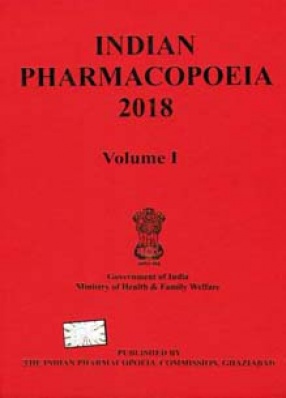
Herbal Medicine

408 books

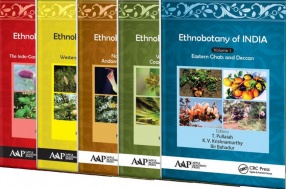
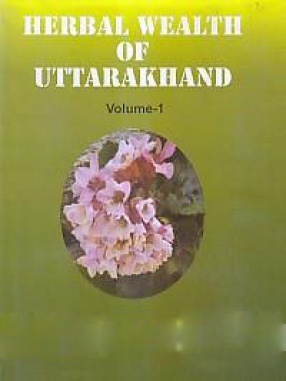
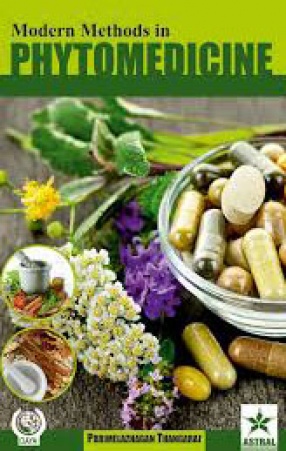

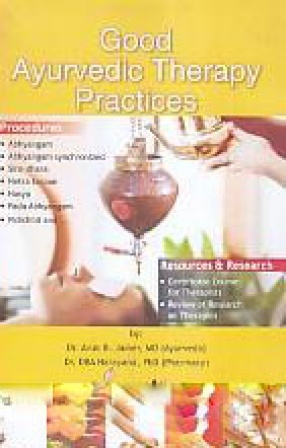
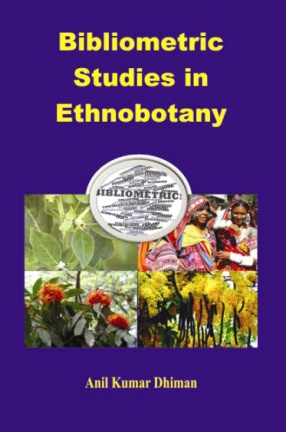
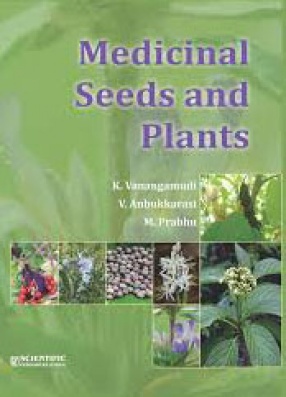
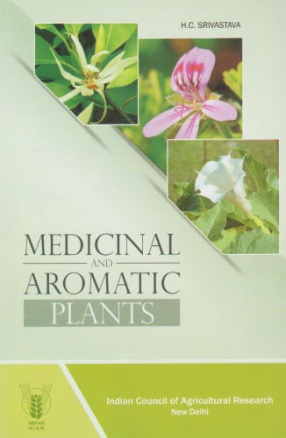
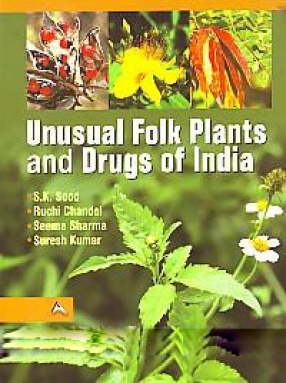


The Eighth edition of Indian Pharmacopoeia (IP-2018) is published by the Indian Pharmacopoeia Commission (IPC) on behalf of the Ministry of Health and Family Welfare, Government of India in fulfillment of the requirements of the Drugs and Cosmetic Act, 1940 and the Rules there under.
IP-2018 has been brought out in 4 Volumes incorporating 220 new monographs (Chemical Monographs (170), Herbal Monographs (15), Blood and Blood related products (10), Vaccines and ...

This 5-volume set, Ethnobotany of India, provides an informative overview of human-plant interrelationships in India, focusing on the regional plants and their medicinal properties and uses. Each volume focuses on a different significant region of India, including:
Volume 1: Eastern Ghats and Deccan
Volume 2: Western Ghats and West Coast of Peninsular India
Volume 3: North-East India and Andaman and Nicobar Islands
Volume 4: Western and Central Himalaya
Volume 5: ...

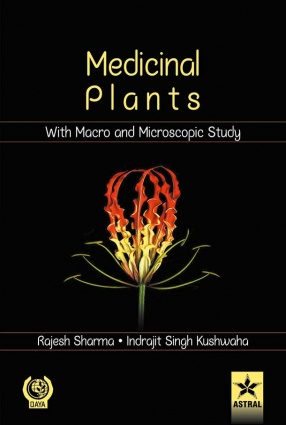
The book entitled “Medicinal Plants with Macro and Microscopic Study” is a unique compilation of 100 medicinal plants. The species described are arranged in chronological order according to their ayurvedic nomenclature. This book contains detailed description of medicinal plants like botanical name, family, synonyms and important morphological features, which would be helpful in identification of the plant in the field. It also provides information ...
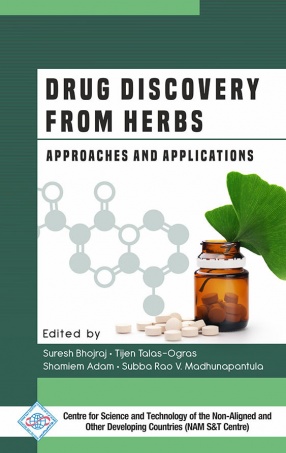
Herbal medicines have so far not been strictly based on evidence gathered using the scientific methods, but lately these have gained a lot of attention and a greater scientific interest in the medicinal use of plants has arisen. Although herbal supplements may be considered safe, some are known to be toxic at high doses and others may have potential side effect after prolonged use. The general public is largely unaware that adverse health effects can be ...
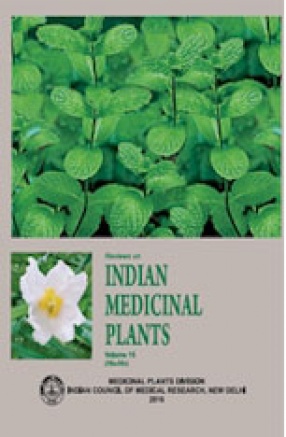
Contents: Foreword. Preface. Introduction. Monographs. 1. Macadamia. 2. Macaranga. 3. Machilus. 4. Mackenziea. 5. Macropanax. 6. Macroptilium. 7. Macrosolen. 8. Maddenia. 9. Madhuca. 10. Maerua. 11. Maesa. 12. Magnolia. 13. Maharanga. 14. Mahonia. 15. Majidea. 16. Malachra. 17. Malaxis. 18. Mallotus. 19. Malpighia. 20. Malus. 21. Malva. 22. Malvastrum. 23. Malvaviscus. 24. Mammea. 25. Mandragora. 26. Mangifera. 27. Manihot. 28. Manilkara. 29. Maranta. 30. ...

Since time immemorial, mankind has been depending on biological diversity to meet its basic need for hunger. The major portion of food uses to be drawn from plants. As the mankind started to settle, the process of domestication of wild species also started. Wild animals were domesticated and with the result we have cattles, poultry etc and also the domestication of edible plant species were done and now we have number of crop species being cultivated throughout ...
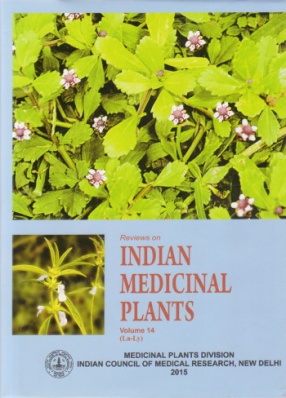
Contents: Foreword. Preface. Introduction. Monographs: 1. Labisia. 2. Labramia. 3. Lactuca. 4. Lagascea. 5. Lagenandra. 6. Lagenaria. 7. Lagerstroemia. 8. Laggera. 9. Lagotis. 10. Lallemantia. 11. Lamium. 12. Lamprachaenium. 13. Lannea. 14. Lansium. 15. Lantana. 16. Laportea. 17. Lasia. 18. Lasianthus. 19. Lasiosiphon. 20. Lasiurus. 21. Lathyrus. 22. Launaea. 23. Laurus. 24. Lavandula. 25. Lavatera. 26. Lawsonia. 27. Lecanthus. 28. Leea. 29. Leersia. 30. ...

The prime aim of the book is to provide scientific information on Phytomedicine. "Modern Methods in Phytomedicine" is a compilation of recent trends in herbal medicine and explores the hidden medicinal potentials of significant plants. This book covers 26 research and review articles encompassing the valuable works of eminent academicians and research scientists on different aspects of the subject. Researches pertaining to the fields of plant tissue ...

“I have never understood, why the human anatomy and complex body systems, at least at the fundamental level, were neither included nor compiled ever with any published work in herbal medicine? It is my strong conviction that without the basic knowledge of the human body, no system of medicine, including herbalism can accomplish the desired goals.
Whenever, I opted to buy a book on herbal medicine, I found nothing but the nomenclature of herbs, their ...

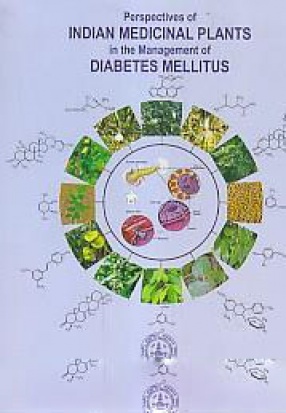
This book examines the usefulness of Indian medicinal plants in the management of diabetes mellitus. It provides an insight of the disease from the point of view of Ayurveda, Unani and Allopathic systems of medicine.
Studying the rational use of plant drugs of traditional Indian system, it makes a systematic and planned evaluation of plant drugs. It also gives detailed information on various scientific aspects of twelve most important medicinal plants with all ...
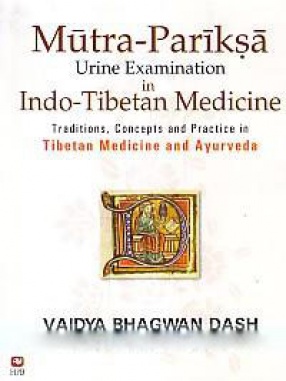
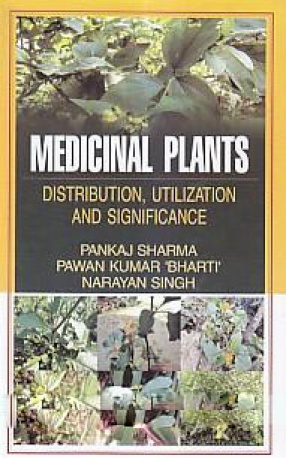

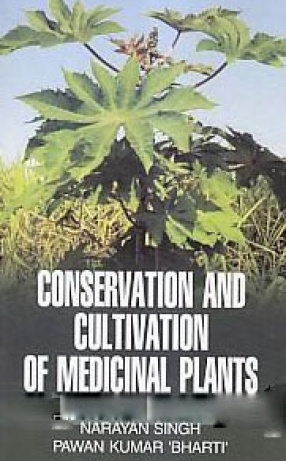
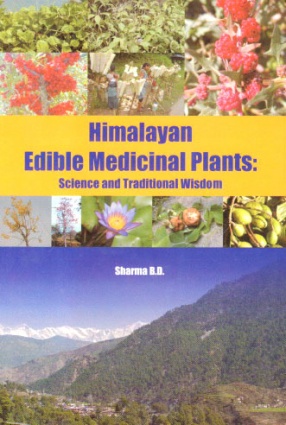
The book has four chapters in the beginning followed by description on about 150 plants with coloured photographs, traditionally used by the people of the Himalayas including N-E Himalaya. The main focus of this book is on establishing scientific validation of traditional wisdom on the plants, which people living in the Himalayas had inherited since the immemorial past. But certainly much of this wisdom has been coming down of the ages. These people, through ...
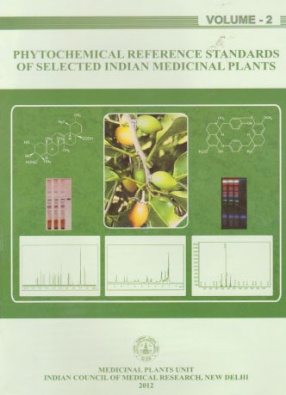
From the introduction: Plant based drugs are being increasingly used in recent times all over the world. However their standardization has become a matter of great concern in getting a wider acceptance for them. Further non availability of genuine Phytochemical Reference Standards (PRS) puts a serious limitation in the process of standardization. For this purpose the concerned stakeholders would be in need of the detailed procedure of isolation of PRS with all ...


In India, the evergreen forests of Western Ghats and the Himalayas are rich in herbs useful in treatment of common ailments to lethal diseases like blood cancer. Satawari, Safed Musli, Kali Musli, Ashwagandha for promising tonic, Kukronda and Adusa for respiratory trouble, Gudmar and Sadasuhagan for Diabetes, Bramhi and Bach for memory, Kalmegh for chronic fever, Sarpagandha and Arjun for heart troubles are some examples of miracle herbs. Sarpagandha, Aloe and ...
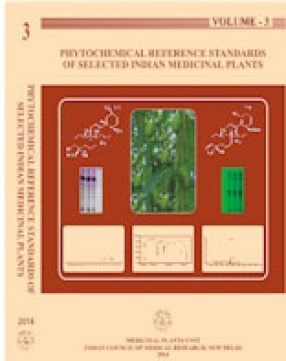
Contents: Foreword. Preface. Introduction. Contents of Volume I & II (Phytochemical Reference Standards Covered). Monographs: 1. Adifoline. 2. Agnuside. 3. a –Aasarone. 4. Bacopaside I. 5. Boeravinone B. 6. a -Boswellic Acid. 7. b-Boswellic Acid. 8. Cajanol. 9. Chebulinic Acid. 10. Cirsilineol. 11. Corilagin. 12. Coroslic Acid. 13. 2’ ,3’-Dehydrosalannol. 14. Demethoxycurcumin. 15. (-)-Epigallocatechin-3-O-gallate. 16. d-Fenchone. 17. ...

The book Medicinal and Aromatic Plants – presents and integrated account of contemporary status of agricultural research and production technology for profitable cultivation of forty-one medicinal and aromatic plants as commercial crops in India.
These plants are grown by marginal farmers, who face a wide gap between yield recorded in research farms and individual growers. The book will serve the purpose of helping growers to raise their crop yield. The ...

This invaluable compendium is a vital reference source, providing the users with exhaustive details of 616 unusual folk plants and drugs of India belonging to 465 genera under 137 families for prevention and management of stings and bites in mankind and his livestock. Presented in a jargon-free style that makes the reading both interesting and absorbing and coupled with illustration of textural matter with many figures and photographs, this book is the only ...

